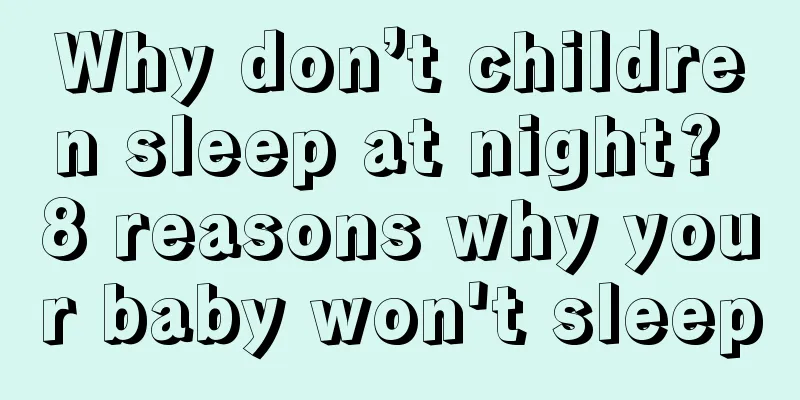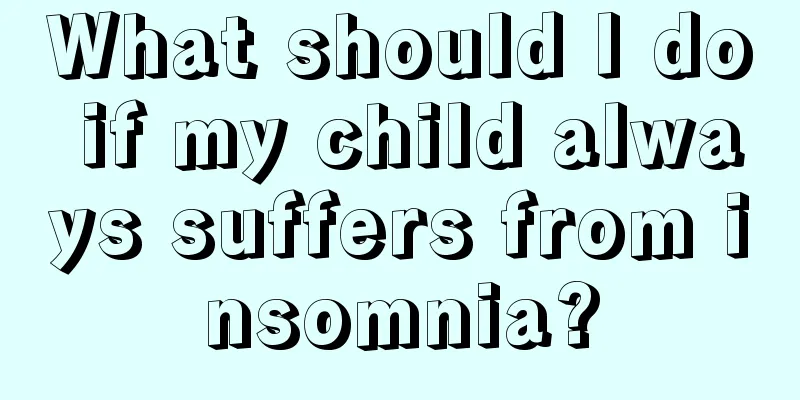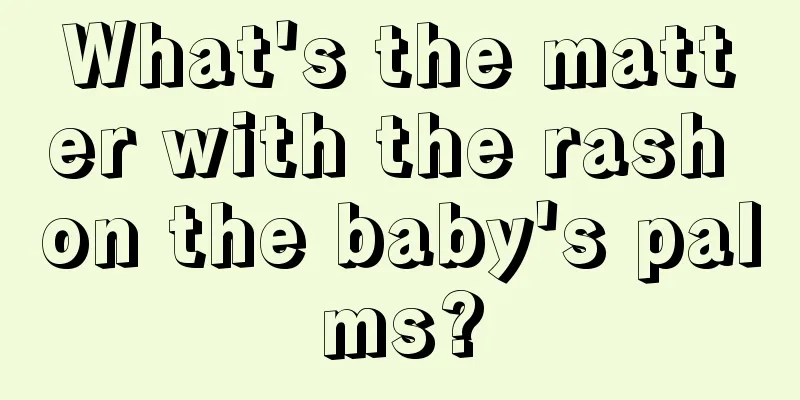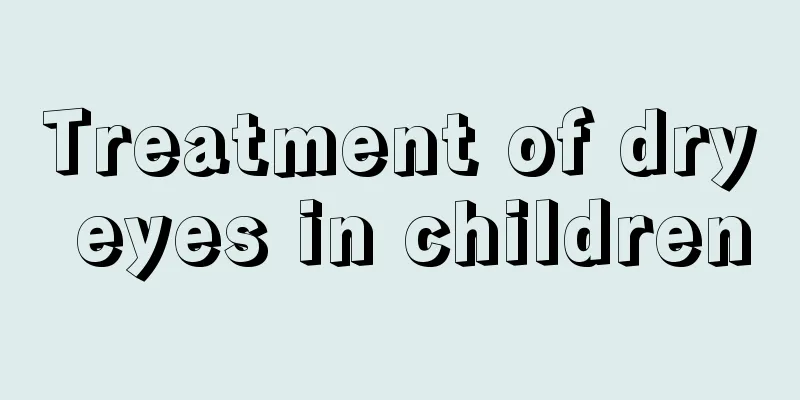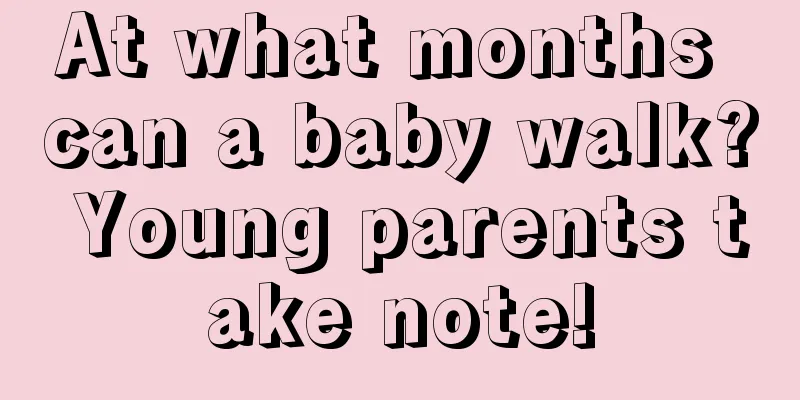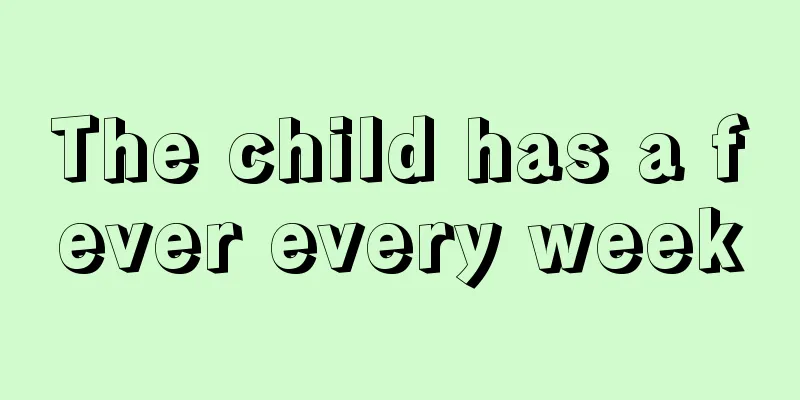What causes viral fever in children?
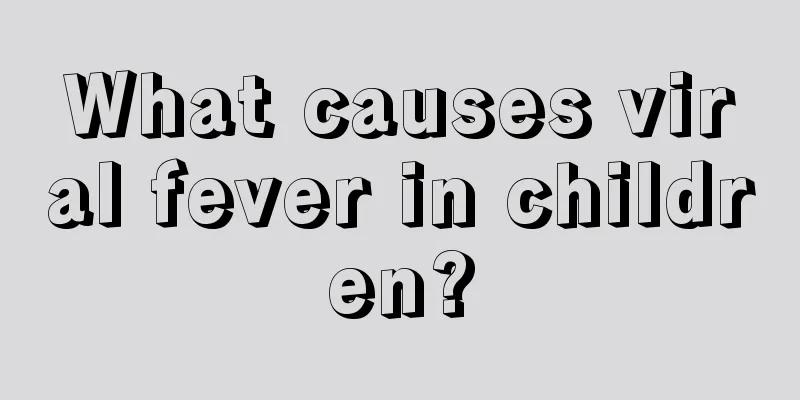
|
Children having a fever is a common situation for many parents. Sometimes they rush to take their children to the hospital for examination, and then they will be told that their children have a viral fever. But how could they have a viral fever out of nowhere? I usually pay attention to hygiene. What exactly causes viral fever? Let’s take a detailed look at it below. Colds and fevers are usually caused by viruses. Only a few cases are caused by bacteria or mycoplasma. Three factors directly determine whether a person will catch a cold and have a fever: 1. Whether the virus has entered the human body; 2. The number of viruses entering the human body is large; 3. The virus that enters the human body has a certain degree of virulence. So where do these viruses enter the body? --nose. There are a large number of viruses, bacteria, fungi, etc. floating in the air we breathe. When we breathe, the virus travels with the airflow into the nasal cavity and is captured by mucus. If the detoxification function of the nose is normal, these viruses can be transported to the nasopharynx within 15 to 30 minutes, and then slide into the stomach to be digested, keeping the number of viruses in the nasal cavity within a certain range. However, if there are inducing factors such as cold, rain, excessive fatigue, and physiological factors such as pregnancy and menstruation, the nasal detoxification ability is reduced, the virus stays in the nasal cavity for a longer time, and the virus can reproduce a number of pathogenic viruses. At this time, the immune system of the nasal cavity itself cannot cope with it, and a large number of viruses invade the human body and cause disease. This is more obvious in patients with rhinitis and those who are in their physiological period such as menstruation and pregnancy. At this time, the nasal cavity becomes the base camp for viruses to invade the human body. The virus continues to multiply in the nasal cavity and enters the body fluids through the nasal mucosa, spreading throughout the body with the body fluids, and symptoms in the corresponding parts gradually appear. If the number of viruses invading the human body is too large and the viruses have a certain virulence, the human body temperature will begin to rise, which is more conducive to the human immune system killing the viruses. If the number of viruses that enter the human body is not large, common cold symptoms will appear without fever. Therefore, the most critical point to lower body temperature is to reduce the number of viruses entering the human body. Once you find this, the solution is simple. Buy yourself a yoga neti pot, pour warm salt water into it, and let the water flow slowly under the guidance of gravity to wash the tender tissues of the nasal cavity, removing viruses and other harmful substances in the mucus on the surface of the tissues. If you have a cold or fever, wash more often, especially when you have a runny nose. This will continuously reduce the number of viruses in the nasal cavity, giving fewer viruses the chance to enter the human body, and finally reducing the number of viruses in the nasal cavity to a safe range. At the same time, drink more water to continuously dilute the virus that has entered the body and alleviate symptoms. The viruses that enter the human body lose the replenishment of new viruses and are quickly eliminated when the immune system's function declines. At this point, the disease is cured. Generally, complete recovery is achieved within 2 to 4 days. After reading the detailed introduction above, do parents have a better understanding of children's viral fever? Next time you encounter this kind of situation, you won’t be clueless and just panic, right? The treatment methods for viral fever in children introduced later require the cooperation of the children, otherwise it will be in vain. Of course, the doctor’s diagnosis is definitely the most authoritative. Parents who are worried should take their children to the hospital for a check-up. |
<<: What to do if your child has a fever of 38.3 degrees
>>: What to do if your eight-month-old child has cold hands and feet
Recommend
The dangers of precocious puberty in children
Children's height development is related to h...
What to do if your baby has candida infection
Candida is suitable for a wide range of people. B...
What causes children's toenails to grow into the flesh?
When their children's toenails grow into the ...
Are mosquito repellent patches harmful to babies?
When summer comes, the weather is hotter and it i...
How to make shrimp porridge for babies?
Drinking porridge is a way of eating that people ...
How many times should I get chickenpox vaccination?
Generally speaking, we all need to be vaccinated ...
Spontaneous cure rate of hepatitis C in newborns
Some children will develop hepatitis C after birt...
How to make baby crucian carp tofu soup
For the babies in our lives, when cooking for the...
How to effectively correct children’s stuttering?
Nowadays, many children have stuttering symptoms ...
Is dental pit and fissure sealing good?
If we observe our teeth carefully, we will find t...
What is breakfast for a seven-month-old baby?
Now people's living standards have greatly im...
What causes tears in children's eyes?
In life, we often encounter parents who bring the...
How to treat baby rubella better
How to treat baby rubella is a problem that many ...
How to deal with children not growing taller
Parents are more worried about their children'...
What to do if a six-year-old child has a stuffy nose
We must pay attention to protecting children'...
